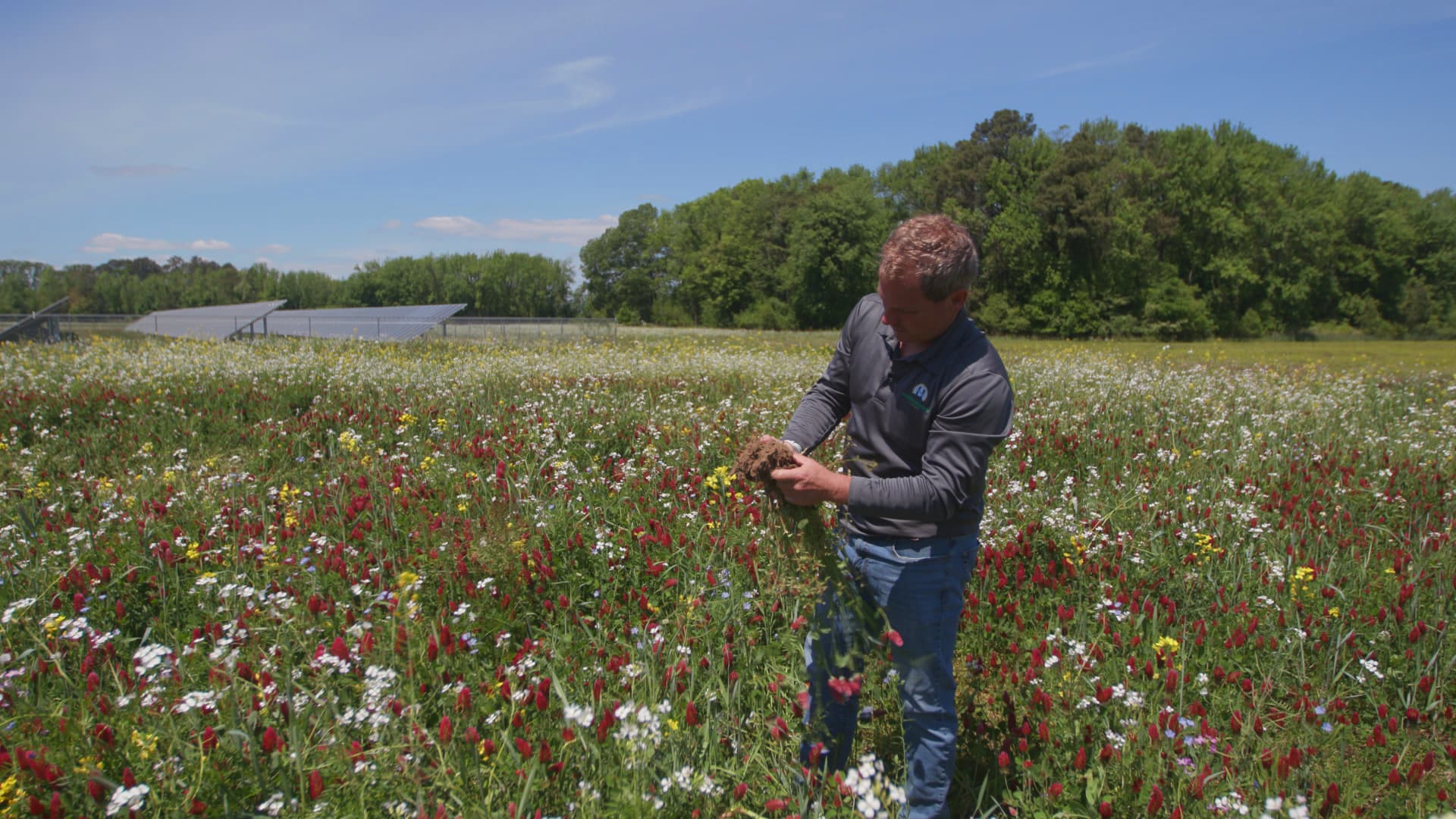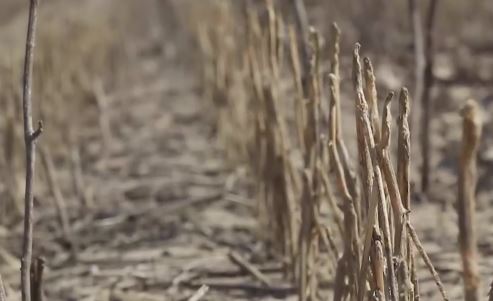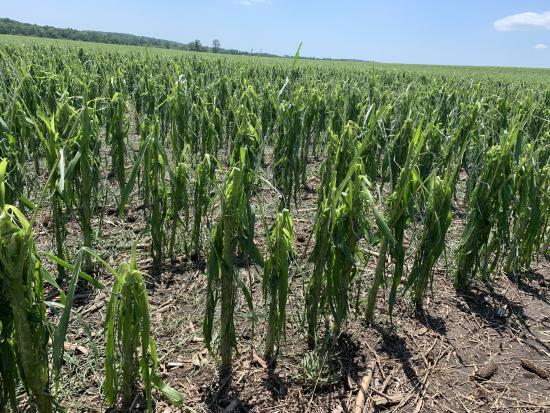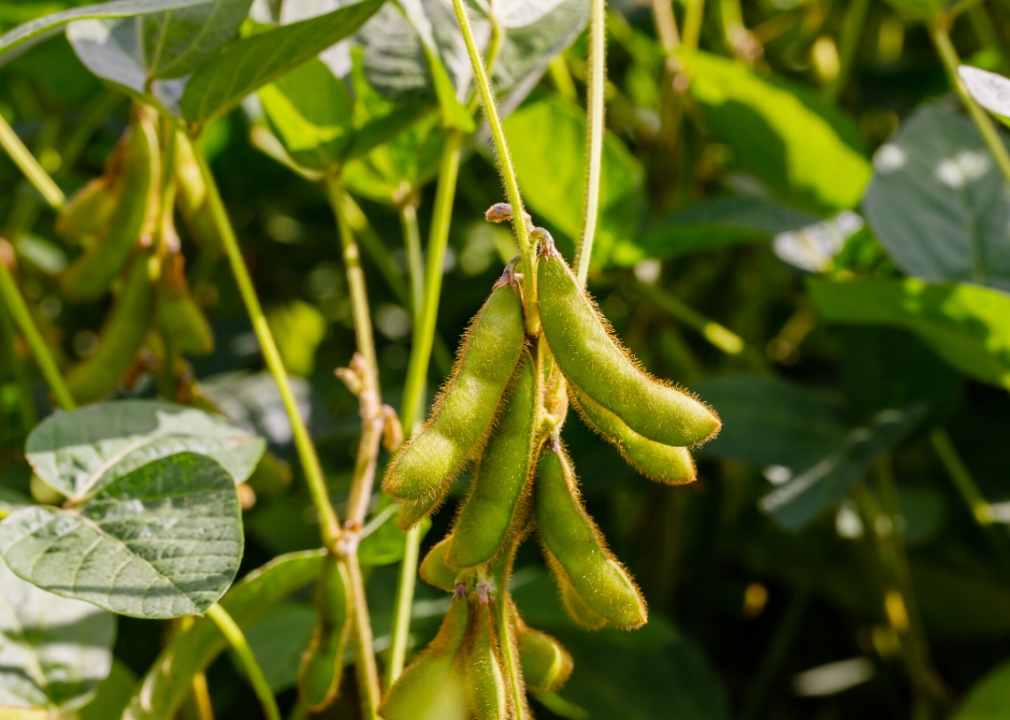06/28/2021 SOURCE: www.cnbc.com
Regenerative farming focuses on replenishing the soil's nutrients by using things like no-till cultivation, rotational cattle grazing and planting cover crops.
These farming techniques can help trap carbon dioxide in the soil and make farmers an extra buck
-
(0)
-
Bookmark
- Comments. (0)
 John LaRose Jr.
John LaRose Jr.
Topics: Soybeans, Agriculture US, Crop Consultant, Ag Podcast US, Economics, Weather,
-
(0)
-
Bookmark
- Comments (0)
06/26/2021 SOURCE: www.sabcnews.com
A new agriculture programme launched by the US Consul General, in Durban, in collaboration with the Durban University of Technology and a Mandela-Washington Fellow wants to empower young farmers with skills to turn their crops into cash.
US Consul General launches agriculture programme to empower young farmers - SABC News - Breaking news, special reports, world, business, sport coverage of all South African current events. Africa's news leader.
-
(0)
-
Bookmark
- Comments. (0)
-
(0)
-
Bookmark
- Comments (0)
06/25/2021 SOURCE: www.agriculture.com
Senate Agriculture chairwoman Debbie Stabenow was certain on Thursday that the House would follow the Senate in passing the first-ever climate mitigation bill for agriculture.
Senate passes first-ever climate mitigation bill for agriculture
-
(0)
-
Bookmark
- Comments. (0)
 John LaRose Jr.
John LaRose Jr.
Topics: Precision AG , Agriculture US, Forestry, Economics, Sustainability, Research,
TAMFS-deployed-for-out-of-state-wildfire-response
Texas A&M Forest Service personnel, fire resources, including two engine crews, are currently deployed to out-of-state wildfire incidents.
-
(0)
-
Bookmark
- Comments (0)
 John LaRose Jr.
John LaRose Jr.
Topics: Livestock/Meat, Agriculture US, Economics, Beef Cattle, Research, Government / Policies,
-
(0)
-
Bookmark
- Comments (0)
 John LaRose Jr.
John LaRose Jr.
Topics: Wheat, Precision AG , Commodities, Agriculture US, Crop Consultant, Agriculture Global, Food/Nutrition, Commodity/Trade Groups,
Texas wheat production average despite challenges | AgriLife Today
The Texas wheat grain crop faced a number of challenges this season but the overall expectation is that acres will produce average yields.
-
(0)
-
Bookmark
- Comments (0)
06/24/2021 SOURCE: www.agriculture.com
As of Wednesday, there is no estimate on total acreage impacted by the hailstorms.
Hailstorm cuts portion of Iowa's corn yield potential by 10-15%, agronomist says
-
(0)
-
Bookmark
- Comments. (0)
 John LaRose Jr.
John LaRose Jr.
Topics: Soybeans, Precision AG , Commodities, Agriculture US, Crop Consultant, Economics, Sustainability, Trade (Commodities),
-
(0)
-
Bookmark
- Comments (0)





 Nancy Kavazanjian
Nancy Kavazanjian







